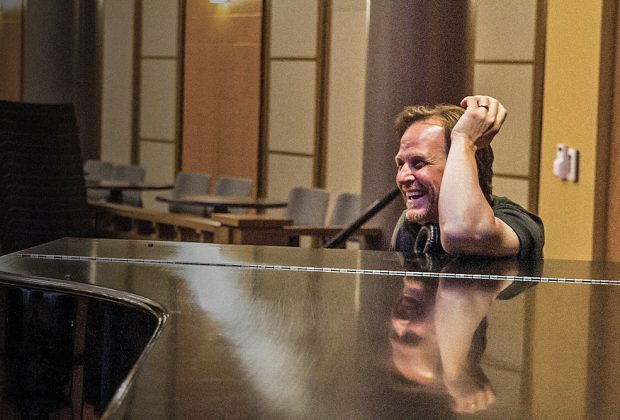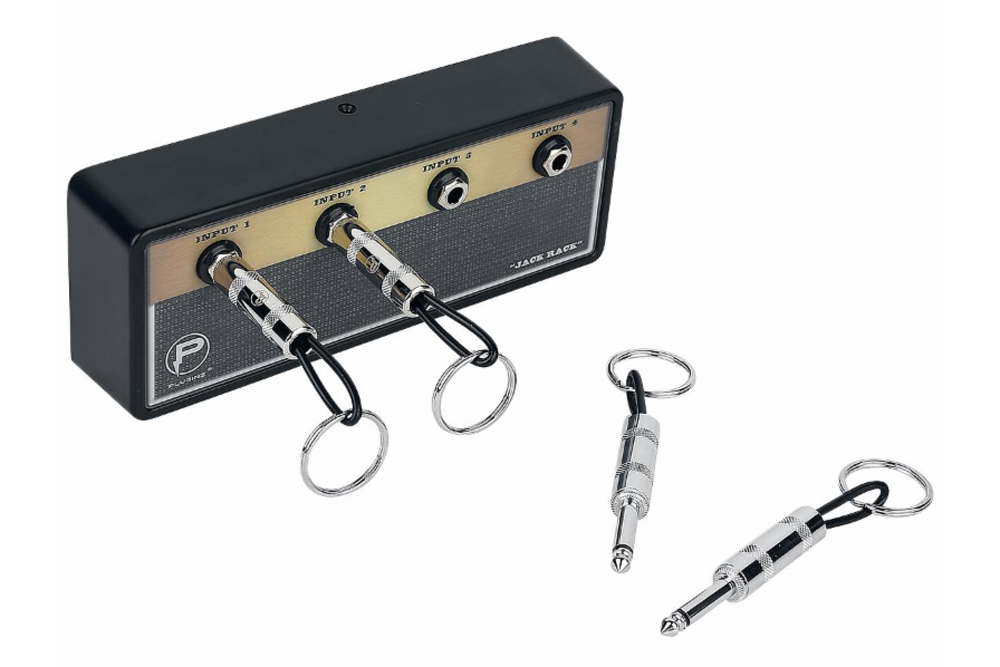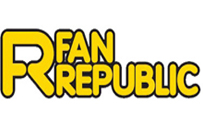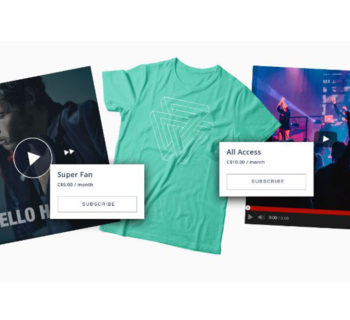Crowdfunding has emerged as a viable resource for artists to further their careers and collaborate with their fans. In short, artists spearhead online projects—funding for studio time and/or albums—that welcome fans to contribute and donate money. April 2016 saw the launch of FanFunded, a derivative of ArtistShare that takes crowdfunding steps further: developing “unconditional support” and giving fans the power to start projects on artists’ behalf.
Pioneers
One of the early pioneers enacting this concept is ArtistShare, founded by Brian Camelio. In 2000, before “crowdfunding” even became a relevant term, Camelio foresaw the downfall of the music industry with the expanding use of file sharing. He observed, “I actually became worried about the creation of new music with this technology that was making it easy for people to share [music] and trade it for free.”
The solution? Putting the focus on the creative process: “The creative process is something that’s unique to an artist—it’s like a fingerprint—so it’s really hard to replicate or to steal.” Since then, ArtistShare has enabled several success stories, such as multi-Grammy-winning composer Maria Schneider, multiple Grammy/Emmy Award winner and Pulitzer Prize nominee Patrick Williams, Guggenheim fellowship recipient Billy Childs and more. It didn’t stop there.
Fans Have the Power
FanFunded stepped into the crowdfounding arena with big game players KickStarter, IndieGogo, PledgeMusic and others, who each aim to provide a platform for artists. When artists start new projects, they have options of “all or nothing” or “keep it all” in regards to the money contributed, which means the possibility of projects failing. In addition to the unfortunate prospect of not reaching a fund goal, it seems as though it isn’t made clear to fans what happens to the money they give to artists. “In art, there is no such thing as failure,” Camelio asserts. Thus, FanFunded’s business model implements a key element to combat that notion. Camelio explains:
“In a standard crowdfunding campaign, if the project reaches its target, the artist keeps the money and goes along with the project. But we created something where the fan can choose to contribute ‘unconditional support,’ which clearly states that if [the project] doesn’t reach the target monetarily, the artist gets to the keep the money and put it towards the project, but the FAN makes that choice, not the artist.”
Going further, FanFunded provides the opportunity for fans to jumpstart funding projects for artists. After clicking on “Start a Project” on FanFunded’s website and filling in information, the artists are notified by FanFunded about the project. Artists can accept or decline. If the project comes to fruition, the fan who made it happen is credited as being the “catalyst.”
FanFunded is built on the foundation that artist and fan are on equal levels of importance. “Without someone to appreciate your art, does it even exist?” inquires Camelio. “You cannot have one without the other… It is always a team sport.” Though the spin-off company has only been in existence for a short time, they plan to continue to carry out their mission: to bring fans and creators together and bring new ideas to life.
Utilizing FanFunded
Starting the project is only the first step. Curating a successful campaign is a whole different ball game. Camelio stresses the importance of having a great pitch video to introduce fans to the project. “It doesn’t necessarily mean good quality, it means passionate,” he professes. “People need to get excited about what you’re doing. If you’re not over-the-top excited about your next artist creation, rethink your next [venture].”
Choosing rewards to entice potential donators is also key to reaching target goals—ones that give the fan an experience. Camelio advises artists to think outside the box on items to offer fans for their contribution. He uses an example of giving away signed drumsticks and guitar/bass picks, “Use the stuff in the session, use them at the gig, do something that elevates it much beyond what people can actually do.”
To maintain fan engagement, Camelio suggests consistent communication and updates. “The creative process is a story, and it’s a really interesting story,” he says. “Everybody does it differently, and people love to follow along. If you’re not posting updates regularly, you’re short-changing yourself. It’s an incredible marketing tool; an excuse to contact people on a weekly basis.”
To Get Started
Everyone is welcome at FanFunded, with a quick review process that gets projects running quickly—sometimes the same day. Projects are not solely catered to music creators; other content creators are invited to start any type of project, big or small: authors, filmmakers, visual artists, game developers, YouTubers, comedians, software developers, inventors and more.
Going forward, Camelio would like to see more book authors as well as songwriters. “I’m interested in the people who are serial creators, who create constantly and want to build a fan base,” he says. “Any project that has an element of creativity or creative process is at home on FanFunded. Go straight to FanFunded.com and click ‘Start a Project.’ They’ll be running in about 15 minutes.”
For more information and to start a project, visit fanfunded.com.














